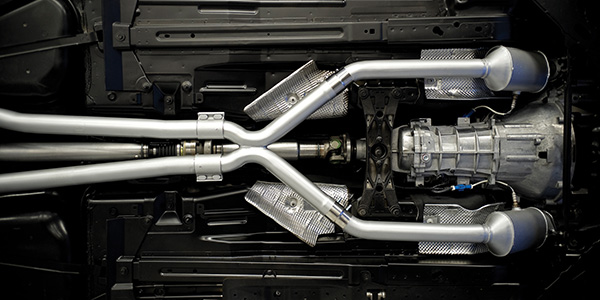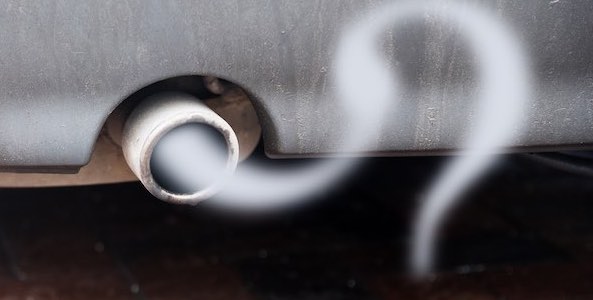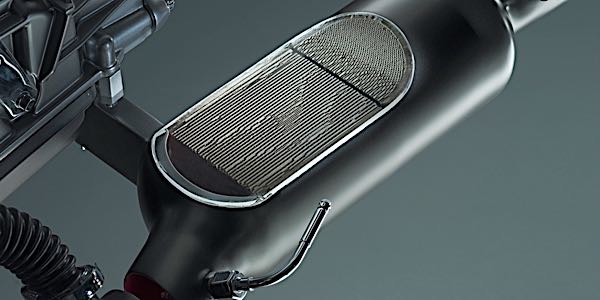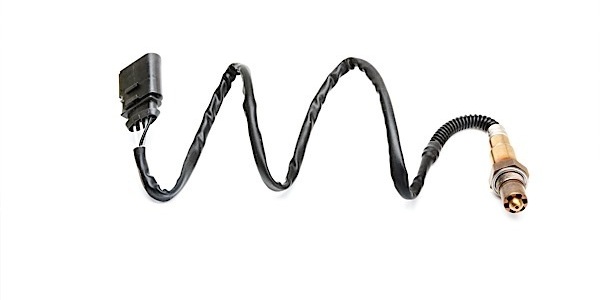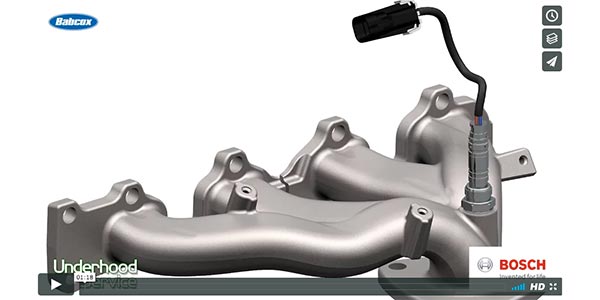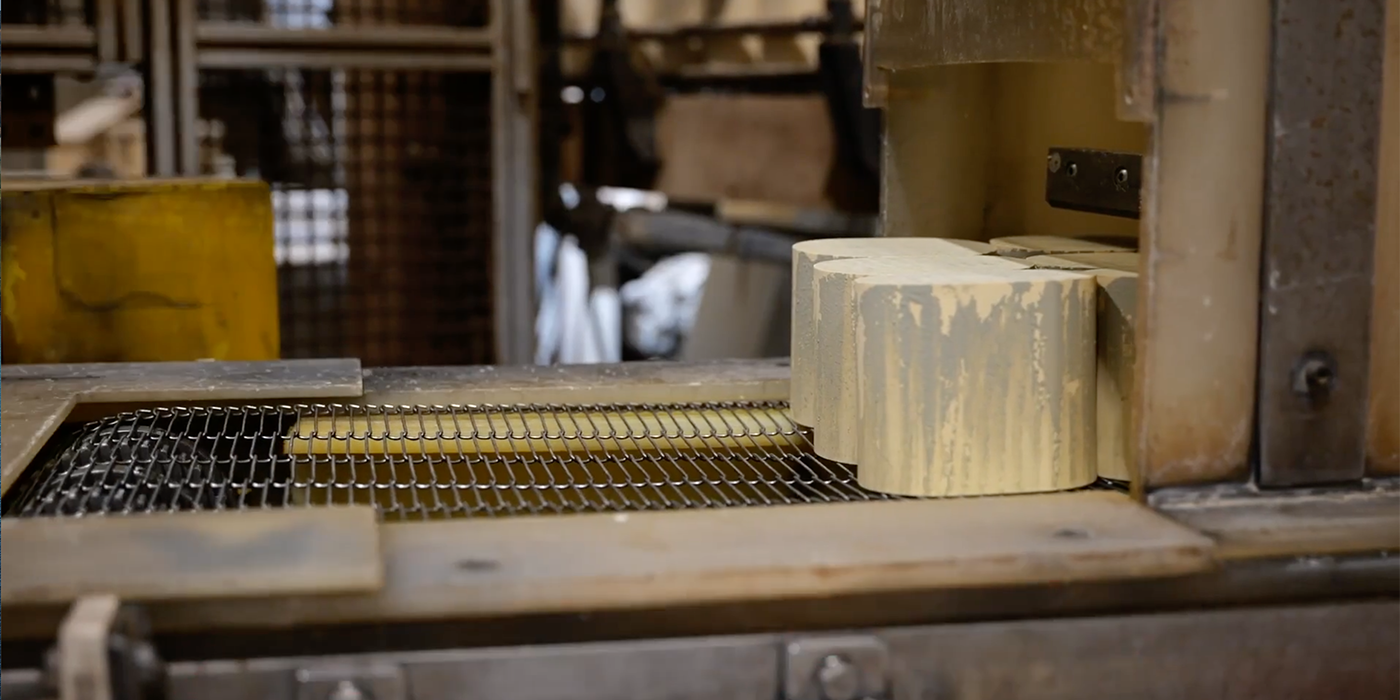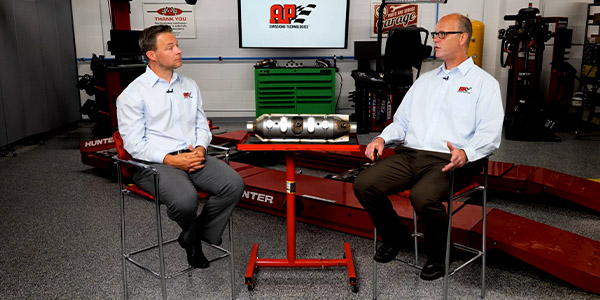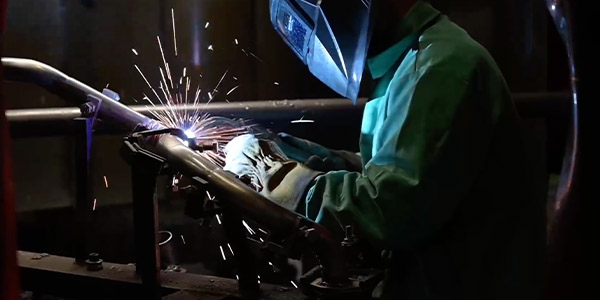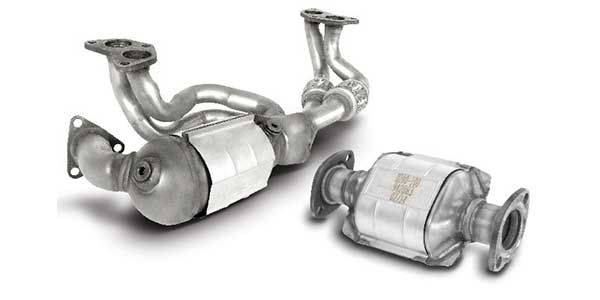 Today’s modern vehicles are equipped with a sophisticated emissions control device. These fail when the engine is not tuned up, as this leads to overworking the converter, overheating and possible clogging. Poor engine performance is the #1 reason converters fail. The catalyst is exposed to raw fuel and high exhaust temperatures which can shorten the life of the converter.
Today’s modern vehicles are equipped with a sophisticated emissions control device. These fail when the engine is not tuned up, as this leads to overworking the converter, overheating and possible clogging. Poor engine performance is the #1 reason converters fail. The catalyst is exposed to raw fuel and high exhaust temperatures which can shorten the life of the converter.
Courtesy of Autopart International.



